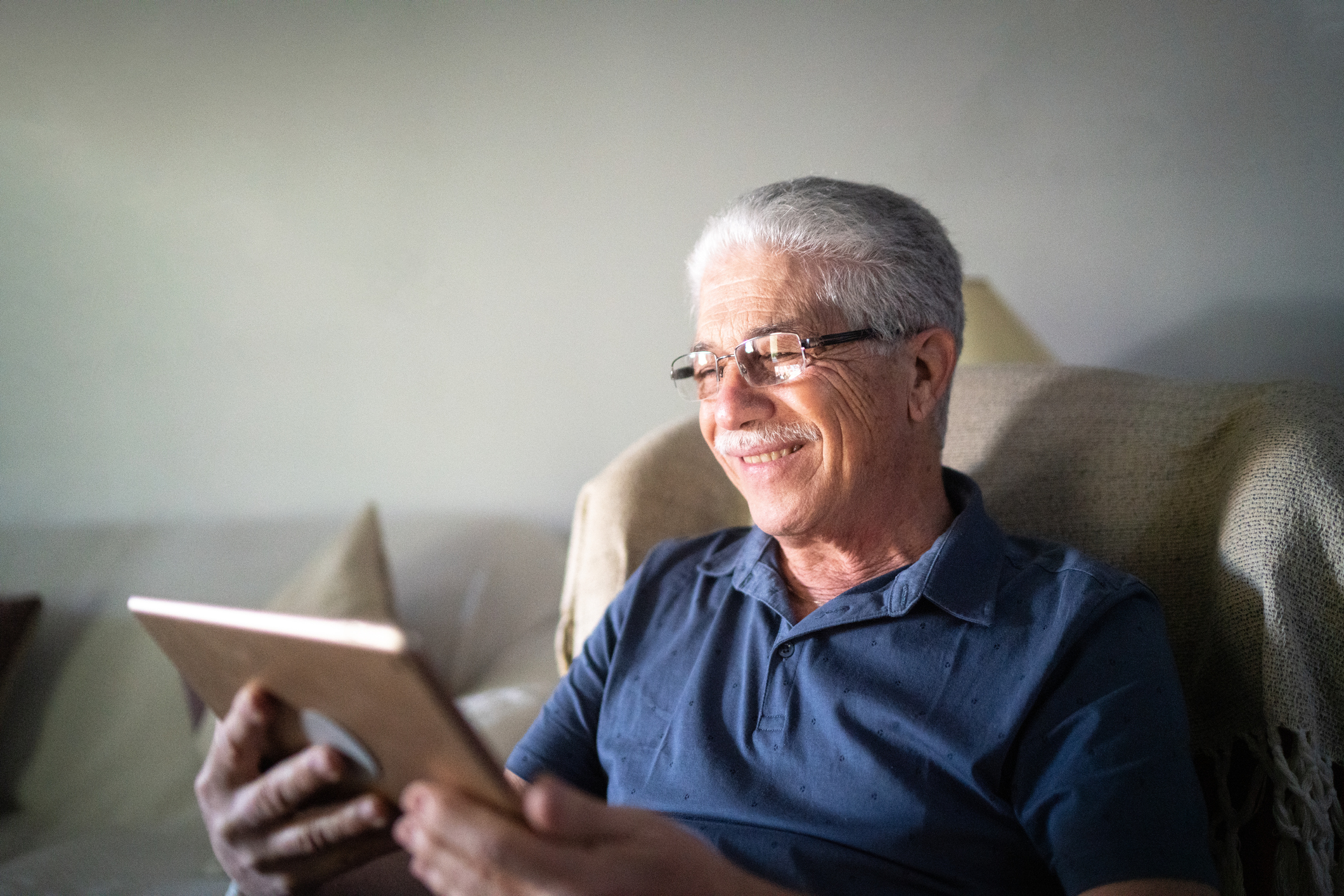Don’t accuse the Austen BioInnovation Institute in Akron (ABIA) of lacking ambition.
The ABIA, which was established in 2008 to bolster the region’s innovation in healthcare, has set a goal of bringing 2,400 jobs and 60 biomedical companies to Akron within 10 years.
If the ABIA is ever to reach those goals, it’s likely Brian Davis will be a big reason why. A native of South Africa, Davis started in April as director of the ABIA’s Medical Device Development Center, which aims to help entrepreneurs and clinicians design and develop their medical device ideas.

With the Rise of AI, What IP Disputes in Healthcare Are Likely to Emerge?
Munck Wilson Mandala Partner Greg Howison shared his perspective on some of the legal ramifications around AI, IP, connected devices and the data they generate, in response to emailed questions.
Five major Akron institutions joined the John S. and James L. Knight Foundation to launch the ABIA with $80 million in state, academic and philanthropic grant commitments (including their own) for its first five years. Those five partner institutions are: Akron Children’s Hospital, Akron General Health System, Northeastern Ohio Universities Colleges of Medicine and Pharmacy (NEOUCOM), Summa Health System and the University of Akron.
Davis spent the previous 18 years of his career with the Cleveland Clinic, where he was vice chair of the Department of Biomedical Engineering and director of Medical Device Solutions.
Davis’ group recently received a $2.6 million Third Frontier grant from the state for a project to develop biomedical sensors. He spoke with MedCity News about what kinds of devices the ABIA hopes to develop, the region’s areas of strength in the medical device industry and why the lure of the ABIA was strong enough to pull him away from Cleveland Clinic.
Q: What sorts of devices might come out of the Third Frontier biomedical sensor project?
A: We’re looking at creating a few novel devices with the sensors we’re developing. One is a device for monitoring bladder pressure for patients who have incontinence. Obviously, there’s a need to monitor pressure, and we could potentially alert people via their cell phones that they need to relieve themselves.
We’re also interested in monitoring the frictional stresses and pressure on the feet of diabetic patients, who are at high risk for foot ulcerations and subsequent amputation. We think if we monitor frictional forces and skin stresses, we could tell which patients are at greatest risk for developing skin lesions.
Another project involves trying to prevent amputee patients from developing skin problems. For example, think of a patient who’s had his leg amputated at the knee. The person’s thigh above that knee is encased in a socket that attaches to his prosthetic leg, so when the person starts sweating, the skin can become macerated. We intend to develop sensors that can measure sweating, and when necessary, cool down the socket to decrease the chances of skin breakdown.
Colleagues at the Veterans Administration in Cleveland are developing what we call an “electronic Band-Aid” for improving wound healing. For instance, it could measure the acidity level of a wound, and based on the sensor data ,it could apply electrical stimulation to the wound. The idea is to promote new blood vessel formation and healing.
Q: What’s ABIA’s typical process for working with a medical device entrepreneur?
A: Here’s how the process works when the idea comes through one of our five partner institutions: Step No. 1 is to fill out an invention disclosure form. Next, the inventor submits that form to his or her institution’s tech transfer office, which then contacts my group, the Medical Device Development Center. We then assess the idea from both a business and engineering point of view, and if we decide to go ahead, we develop a prototype and test it.
We’ve created a $250,000 fund for innovators within ABIA’s partnering institutions called the Technology Development Fund to help pay for development of prototypes and market assessment. It’s meant to remove one of the greatest barriers to the entrepreneurial process — how you convert an idea to a prototyped device that you can test.
Q: What was the most successful project you led during your time at Cleveland Clinic?
A: We were approached by NASA to develop sensors that are now in use by astronauts on the space station. When astronauts exercise in a zero-gravity environment, they run on a treadmill with a harness similar to a backpack that tethers them to the treadmill. The harnesses were causing the astronauts to experience shoulder pain, so we developed sensors to measure the forces that go to the shoulders. NASA’s planning to use that information to develop a new type of harness that’s easier on the shoulders.
Q: What about the job with ABIA tempted you to leave the Clinic?
A: The biggest factor pulling me down here was that I was given a blank canvas at ABIA, and told to create something unique and special down in Akron. Those opportunities to create something new don’t come often. Additionally, I saw that there were three excellent medical institutions here — Summa, Akron Children’s and Akron General, and two fantastic universities — University of Akron and NEOUCOM — that were keen on promoting innovation. I saw that as an excellent opportunity, and I still do.
Q: Is there any particular area or subsector of the medical device industry that you think holds promise for Northeast Ohio?
A: Our focus areas are orthopedics and wound healing. Those are based on the initial strengths of our partners, such as Summa’s excellence in orthopedics, Akron Children’s Hospital’s reputation for treating burn patients, and Akron General’s breadth and depth in wound healing.
Further, these areas could utilize advanced polymers, and polymer strength is substantial here. In orthopedics, when you replace a joint, the part that wears out in 15 years is the plastic piece. So if you could design a better polymer, you could potentially double the time an implant lasts. In wound-healing, often when you take the dressing off, you typically remove some of the healing that’s already occurred. So it’d be highly desirable to come up with some sort of new polymer that’s used as a wound dressing that wouldn’t disrupt the healing process when it’s removed.















